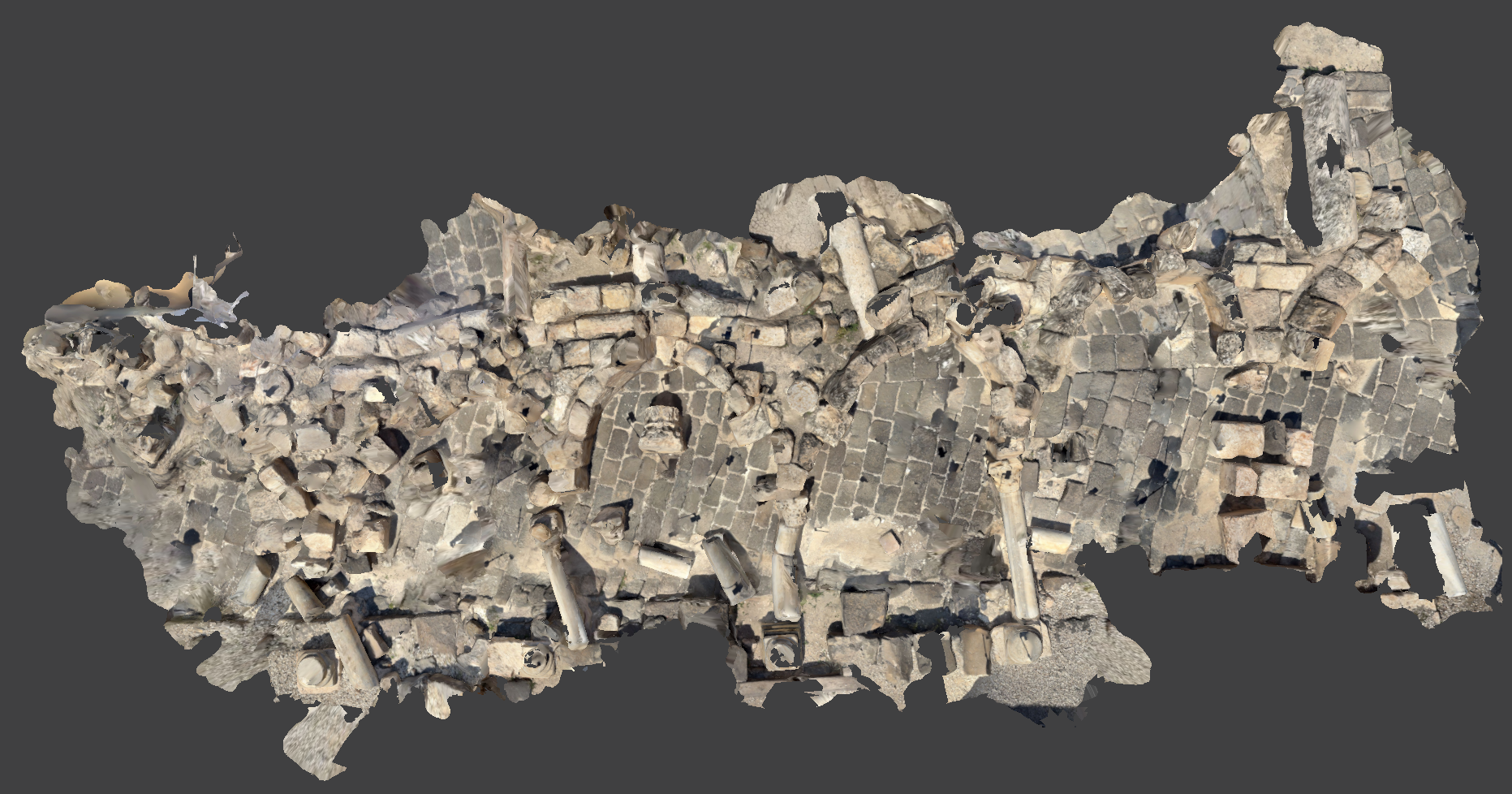Sylvanus Street Earthquake

Tsafrir and Foerster (1992b) reported on
artifacts discovered beneath a destruction layer of
earthquake-induced rubble on Sylvanus Street, once an
arcaded commercial thoroughfare constructed in ~738 CE.
Among the many artifacts recovered were pottery,
glass and metal vessels, balances, jewelry, and coins. These
artifacts dated to the mid-8th century CE, with none of the
coins minted later than the first half of that century.
Of particular importance was a coin hoard discovered in one
of the shops. The hoard included 31 gold
dinars. The earliest
coin dated to A.H. 78 (30 March 697 – 19 March 698 CE)
and the latest was minted in
A.H. 131 (31 August 748 – 19 August 749 CE). This
latest coin provides a
terminus post quem
for the earthquake and, due to its near-mint condition,
likely a
terminus ante quem
as well.
Tsafrir and Foerster (1997:136) reported that
“remains of the collapse were found everywhere in the
excavation.” In many places, they noted, “the survivors, or
perhaps squatters, returned to the ruined houses and settled
on top of the debris,” adding that “no serious effort was
made to restore the old buildings, let alone the streets and
monuments.”
Walmsley (2007) characterized
Bet She'an as being “utterly flattened” by the earthquake,
“with the still-standing monumental architecture of the Roman
and late antique city obliterated by the ferocity of the
tremor.”
Tsafrir and Foerster (1997:136) further
observed that “from the archaeological point of view, it is
fairly easy to distinguish between the layers beneath the
earthquake debris and the new buildings above it.” The
destructive event “occurred in the last year of the rule of
the Umayyad dynasty, providing a convenient distinction
between the medieval, Abbasid, and Fatimid strata above the
earthquake debris and the Byzantine and early Islamic strata
beneath it.”


